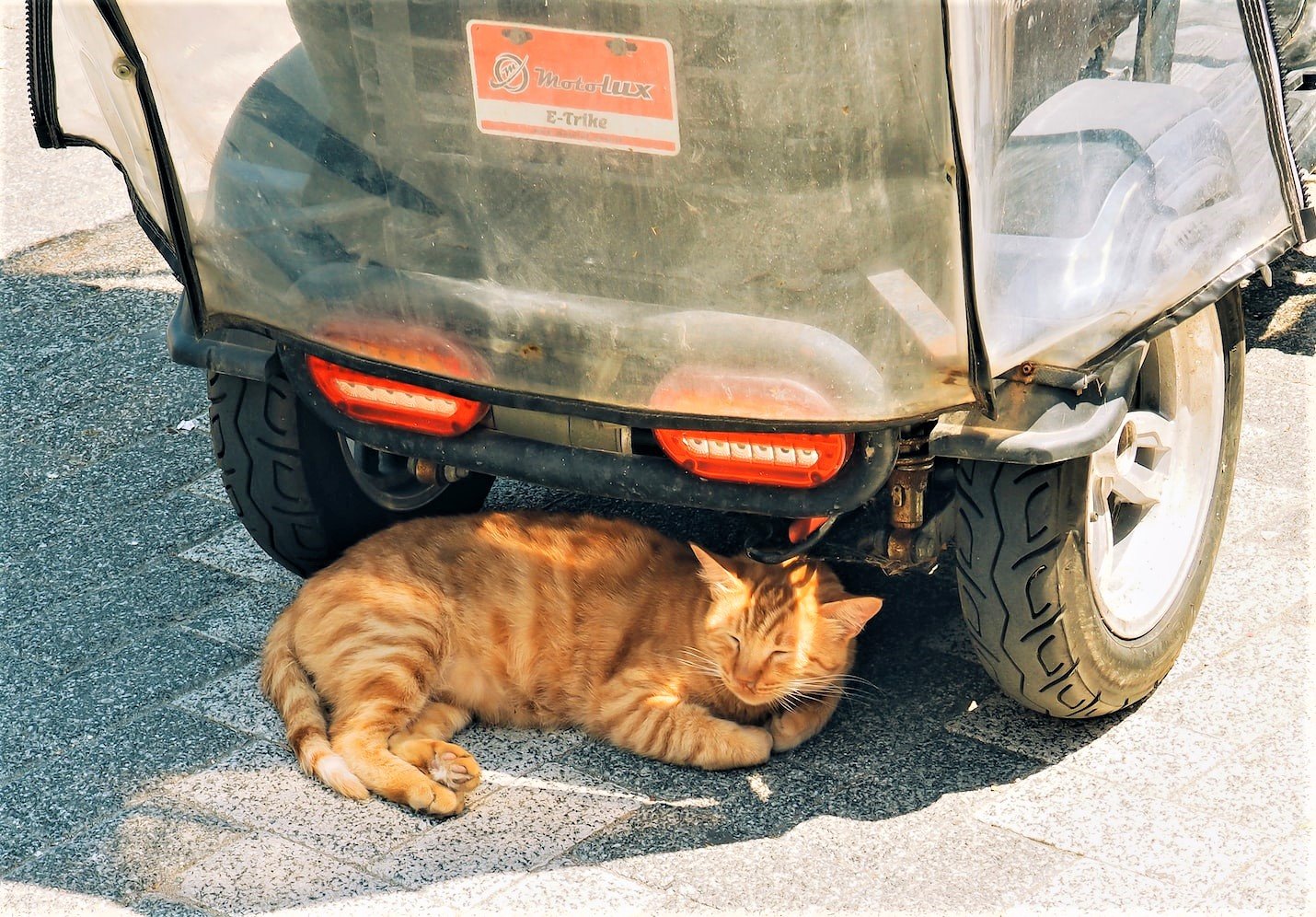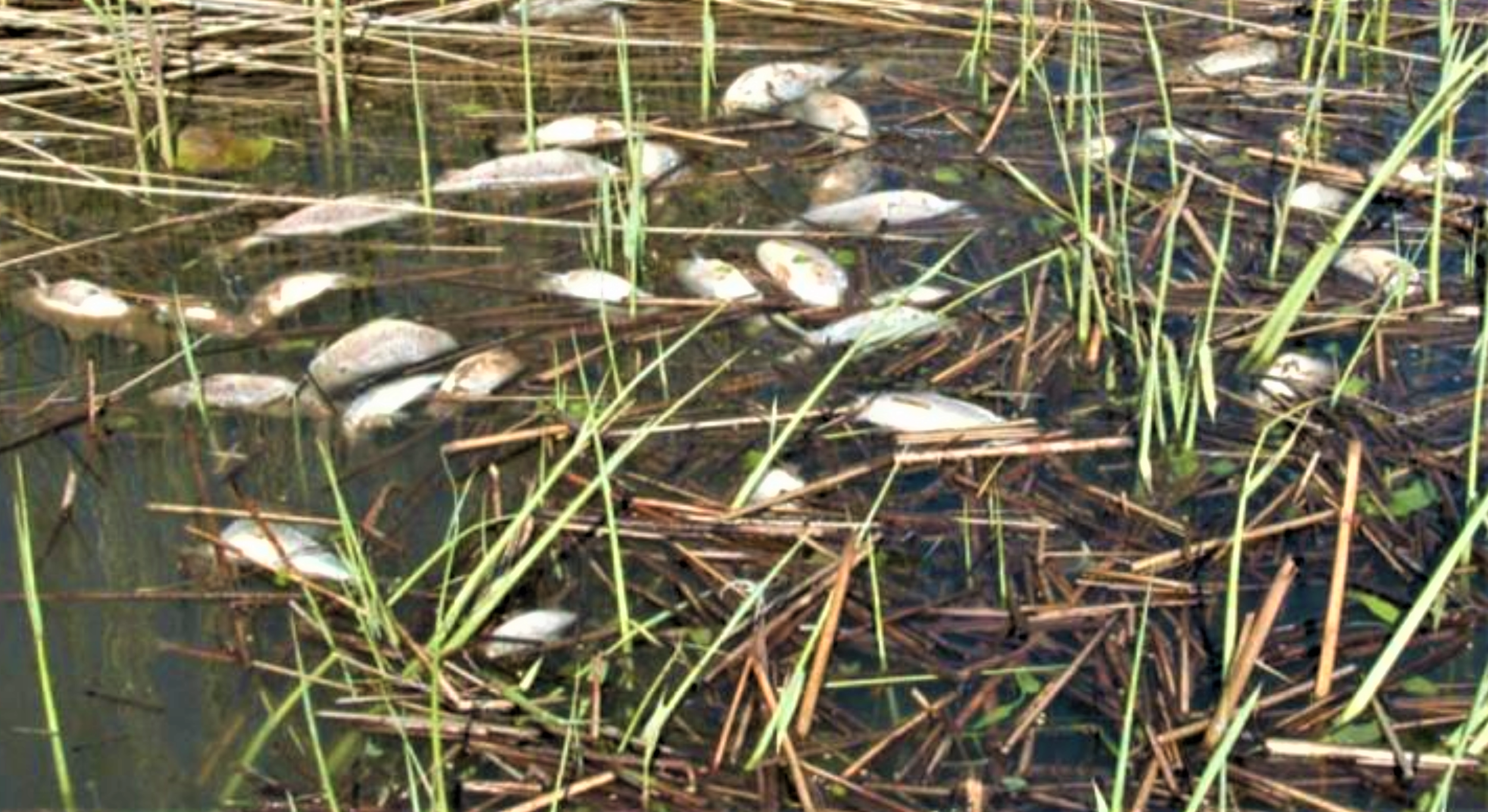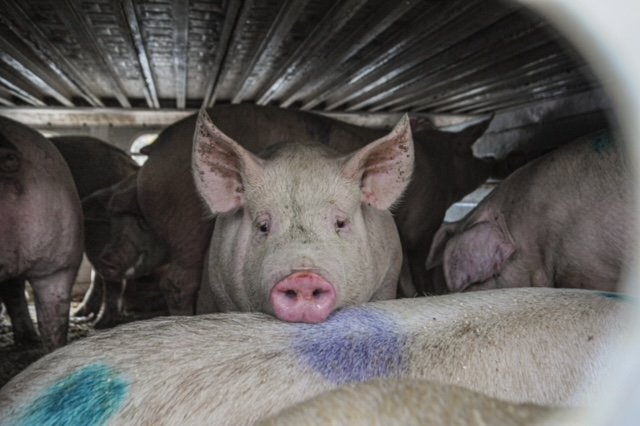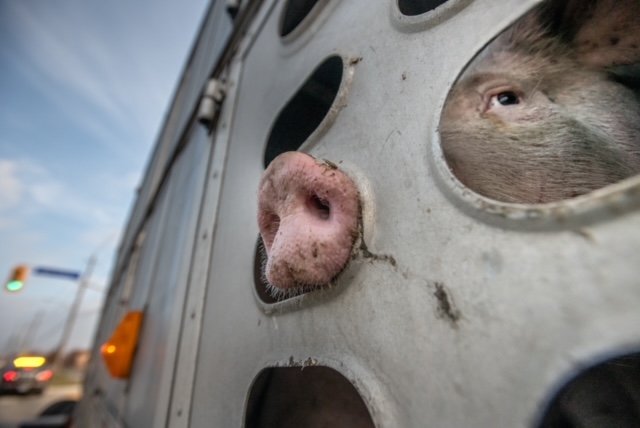By Jessica Scott-Reid
Jessica is a Canadian writer, animal advocate and plant-based food expert. Her work appears regularly in media across Canada and the US.
Earlier this month, sightings and photos of squirrels across the US, oddly sprawled out on the ground on their bellies, or "splooting" as it is called, lit up the internet. A subsequent CNN report assured readers that the animals are simply trying to cool down in the especially hot summer weather, and there is nothing to be concerned about.
But isn't there?
At the start of summer 2022, the National Oceanic and Atmospheric Administration’s monthly climate outlook predicted temperatures in the US would likely hit well above average. By August, NASA stated online: “The outlook proved prescient,” describing the heat as “pervasive and persistent as atmospheric high-pressure systems established stagnant heat domes, which placed more than 150 million people under heat warnings and advisories.”
In Europe and Asia, NASA continues, “wave after wave of heat crested and broke,” and on July 19, “the U.K. had its hottest day ever recorded as temperatures topped 104°F (40°C).” Climate change, most experts agree, is the root cause of rising temperatures. But while NASA points out that unprecedented heat can and does threaten human health and life, there are also billions of other beings severely impacted by heatwaves: animals.
While adorable photos of squirrels splooting or bears swimming in backyard pools or thirsty koalas sipping from water bottles tend to show a lighter side of heatwaves, the reality is that animals both wild and domestic suffer immensely when temps go up.
According to the Natural Resources Defense Council (NRDC): “Like humans, most animals are adapted to specific temperature ranges, but many animals struggle more to stay hydrated or to cool their bodies off in extreme heat. As habitat is increasingly fragmented and water becomes less available, compounding stressors make it hard for wildlife to move and adapt to meet their survival needs.”
Photo: Kari Saari CC BY SA 4.0, Wikimedia Commons
And this concern is not just reserved for animals on land. In the last three years, for example, there have been numerous reports of massive marine life die-offs in North American lakes and rivers due to heat. Also, in 2021, baby hawks in the Pacific Northwest reportedly threw themselves out of their nests in attempts to cool off. In 2019, one-third of Australia’s flying fox population died due to heat stress. And that’s just the tip of the rapidly melting iceberg.
When heat hits, it’s common for local authorities and pet advocates to put out public warnings to not leave dogs in hot cars or exercise them in the heat of the day, and to be careful about pets’ paws on hot cement. However, less commonly discussed is the effect of heat on animals raised for food.
Pigs are crammed into live transport trucks and can travel for hours without relief from soaring temperatures or opportunities to drink water or rest. Photos: Jo-Anne McArthur, We Animals Media
In Canada, for example, there is no outside temperature above or below which farmed animals cannot be transported to slaughter, in metal trucks without any mechanical temperature controls or detection. Activists routinely witness and document animals panting and suffering inside these trucks while waiting outside slaughterhouses during periods of extreme heat.
Animals on farms and feedlots also suffer during heatwaves, particularly when they do not have access to shade. This year, reports and disturbing footage from the state of Kansas revealed that at least 2000 cattle had died due to heat stress. According to NPR: “The figure from the state health and environment agency reflects only the losses at farms that asked for help in disposing of carcasses, suggesting the actual tally could be higher.”
Cattle in a feedlot. Photo: Billy Hathorn via Wikimedia Commons
In a recent Op-ed for The Hill, The Center for Biological Diversity’s Noah Greenwald wrote: “The planet’s amazing biodiversity is threatened as plants and animals struggle to adapt to conditions they’re not built for. If we don’t change course, the result will be more of what we’ve already experienced — extinction at a rate our world hasn’t seen in at least 66 million years.”
Further, most climate experts agree that the climate crisis – caused in-part by the very farmed animals it is impacting — and the biodiversity crisis are very much intertwined. “The impacts of climate change are already devastating and undeniably overlap with the biodiversity crisis,” states the NRDC. “Leading climate and biodiversity experts recently concluded that we must tackle both crises together to protect a livable future for all of earth’s inhabitants.”







